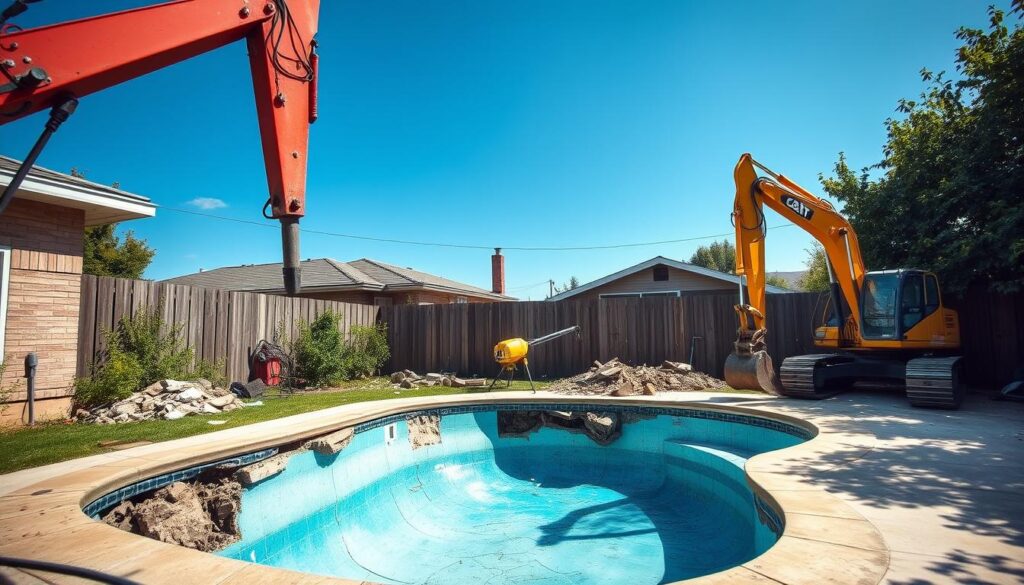In today’s world, the conversation around sustainability has expanded into every corner of our lives, from the food we eat to the cars we drive. The world of interior decor is no exception, with an increasing number of individuals and businesses seeking ways to incorporate eco-friendly practices into their spaces. Art, often a reflection of societal trends and values, has naturally followed suit, embracing the green revolution. This article explores how eco-friendly art is supporting sustainable practices in decor and highlights how consumers can contribute to this movement by choosing environmentally conscious art.
Art and Sustainability – A Natural Synergy
The synergy between art and environmental sustainability is not merely about using recycled materials or choosing eco-friendly frames—though these are important elements. It’s about a shift in mindset, an ethical approach to creating and consuming art that considers its impact on the environment throughout its lifecycle. Eco-friendly art embraces a spectrum of practices, from sourcing materials responsibly to employing energy-efficient methods for production and ensuring that all aspects of shipping and packaging minimize environmental impact.
Artists who engage in eco-friendly practices often go beyond the canvas, exploring innovative mediums such as organic compounds, non-toxic paints, and reclaimed objects. These materials not only reduce the demand on virgin resources but also often bring additional textural and conceptual depth to the artwork itself, offering a narrative that is both visually and ethically compelling.
The Role of Eco-Friendly Art in Modern Interiors
Integrating eco-friendly art into modern interiors does more than just beautify space. It serves as a statement of values, an expression of a commitment to environmental responsibility that can inspire others to think and act sustainably. For homeowners and interior designers, choosing art that adheres to green principles can be a significant step toward creating spaces that are not only aesthetically pleasing but also environmentally conscious.
As public awareness of environmental issues grows, incorporating eco-friendly art into a home or office space can enhance its appeal, potentially increasing its value and attractiveness to buyers who prioritize sustainability. In this way, eco-friendly art not only enriches a space but also aligns it with broader social and environmental goals.
When selecting eco-friendly art, consider the artist’s production methods and the materials used. Many artists now provide information about the sustainability of their work, detailing the origins of materials and the environmental footprint of their techniques. When possible, supporting local artists can also reduce the carbon footprint associated with shipping and provides a boost to the local economy.
It’s also valuable to consider the longevity and durability of the artwork. Eco-friendly art that is made to last not only offers a sustainable option but also counters the throwaway culture prevalent in many aspects of consumerism. High-quality pieces that can stand the test of time reflect an underlying principle of sustainability: that of reducing waste and promoting reuse.
For those looking to discover and purchase eco-friendly artwork, Wallartt.co.uk presents an intriguing array of options. This platform not only connects buyers with art that enhances their decor but also upholds their environmental values, bridging the gap between artistic expression and ecological responsibility.
The Impact of Eco-Friendly Art Beyond Aesthetics
The impact of choosing eco-friendly art extends beyond the immediate visual and environmental benefits it provides. It plays a critical role in educating and influencing public perceptions and behaviors towards the environment. Artists, by incorporating sustainable practices into their work and discussing these choices publicly, can act as powerful advocates for environmental stewardship.
As businesses and consumers increasingly opt for sustainable artwork, the art industry is encouraged to reflect on its practices and push for innovations that reduce environmental impact. This shift can lead to broader changes within the industry, including more sustainable practices in galleries, exhibitions, and art transport.
Eco-friendly art represents a dynamic intersection of creativity, aesthetics, and sustainability. By choosing artworks that are mindful of the environment, individuals not only beautify their spaces but also contribute to a culture of sustainability. As the demand for such art grows, the art world continues to evolve, ensuring that art remains a vital, relevant, and positive force in society.
Adopting eco-friendly art into your decor is not just a design choice—it’s a personal statement and a step towards a more sustainable future, making each piece not only a decoration but a declaration of a better world. Through thoughtful selection and support of sustainable artists and practices, everyone can play a part in shaping this greener art narrative.






